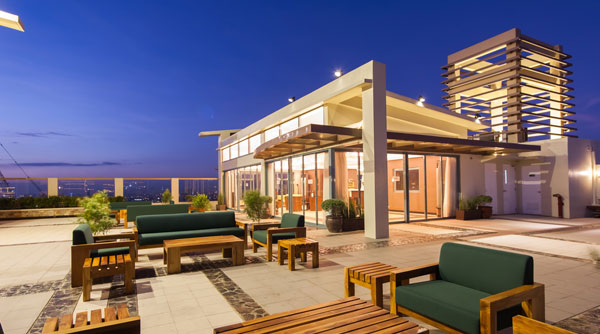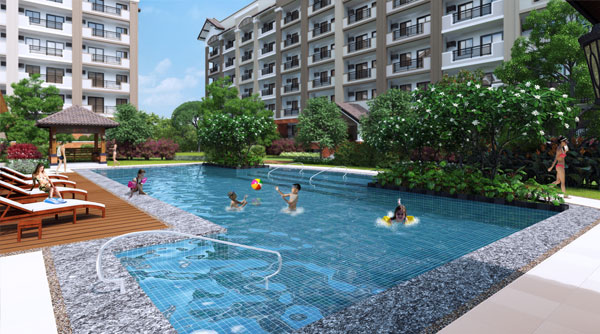Are you planning on upgrading your kitchen to a more modern setup? Or maybe remodeling a small corner of your living room to your home office space? There are many reasons home improvements are great for Filipino homeowners. It creates a comfortable area that reflects your personality and lifestyle. Home improvements also open up new spaces in your property that you can use for other purpose or simply make the place roomier.
But perhaps the most important benefit of doing these projects is that it adds value to your home.
When done properly, it can help boost your property’s appeal if you decide to sell or rent out the place.
Here’s what every homebuyer should keep in mind before they work improving their homes.

1. Plan in advance.
Proper planning is the key to successful home improvement projects. You don’t want to start a project and then discard it halfway through because you’ve changed your mind or it doesn’t go well with the overall theme you want to achieve. It’s also a good idea to create a calendar so you can schedule your projects in a timely manner.
Tip: You can use smart phone applications like Evernote, Pinterest, etc. to save inspirations you could review, compare ideas, or even create a mockup of your remodeling plans.
2. Select what improvements add most value.
Your home is an investment and adding home upgrades is a great help, particularly if you want to sell your home sometime in the future. However, creating a personalized space that will only suit your specific lifestyle may not help your home value much. Remember that some home improvements are more likely to increase the value of your home than others.
Tip: Kitchen and bathroom upgrades are the most common home improvement projects that give positive financial impact on your real estate property.
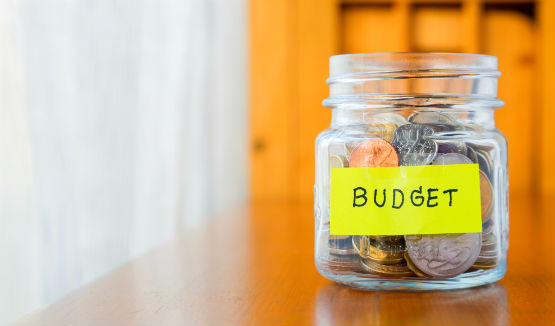
3. Prepare the right budget.
At some point, even if you do a Do-It-Yourself (DIY) project, you will need to shell out cash to pay for materials. While most DIYs help you save money, there are some that turns into a budget-sucking project. So, if you have to buy expensive power tools like a drilling machine or electronic sanders to do your DIY then you should think twice before pushing through with the project.
There are many ways to finance your home improvement projects. Make sure you choose the ones that best suit the project.
Tip: Upcycling is your best friend if you don’t want to spend money on a project. It is a way of converting old or discarded materials and turning it into something new and useful.
4. Determine what task is a DIY or requires a professional.
Make sure the right person is doing the right job. Be realistic about your craft skill level because you can only DIY to an extent. There are certain remodeling tasks that may need serious construction or require an experienced worker to do the job, so leave that to the professionals. You don’t want to bungle or destroy anything that would require you to have it repaired.
Tip: Ask yourself these three questions below to know whether you can do the project on your own or may require an expert.
- Do you have the right skills and knowledge to work on the project?
- What are the risks involved on doing the project?
- Is the project worth your effort and time?
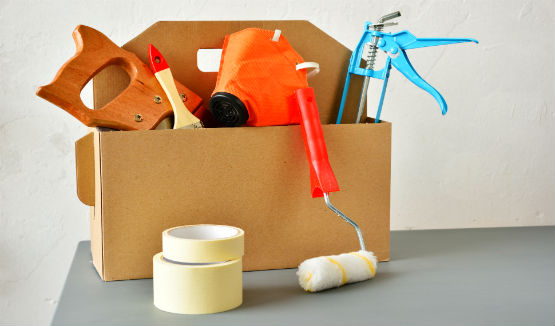
5. Get the right tools.
Working on a DIY requires having the right equipment and tools. Make sure to have your handy DIY toolbox ready before you start your home improvement project.
Build up your own toolbox and don’t go for the bargain sets that most DIY store in the Philippines offer. These may seem more cost effective, but people generally need only a few of these tools. This should contain basic tools like hammers, screwdriver set, pliers, adjustable wrench, tape measure, and utility knife among others.
Tip: Your toolbox should also have work gloves, pencil, and safety goggles. You can also add some safety first material like band aid, alcohol, and gauze pads.
6. Work on existing spaces first.
If you have an empty corner in the room that’s taking up too much space and gathering dust, this may be the first space you should consider converting into something useful, like a work or play area. It’s easier and more practical to repurpose an existing space than to a add new one.
Tip: Create a focal area by painting its walls in a different hue from the rest of the room.
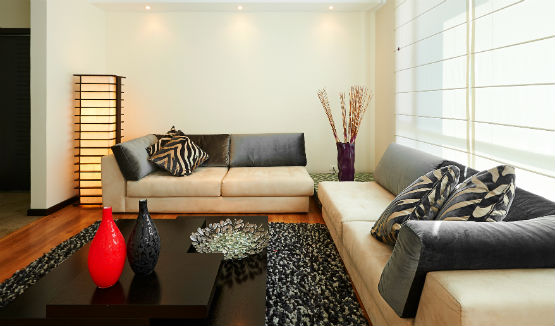
7. Remember the big picture and think timeless.
It’s tempting to add too much of your personality in your home improvement projects, but keep in mind that today’s home trends can be tomorrow’s dated design. Similarly, in the event that you sell your house, you don’t want the new homeowner to go through the trouble of redecorating the entire property.
Tip: Long-term maintenance and repair expenses can add up quickly. Make sure to include these calculations when comparing prices.
8. Match your improvements with those of the neighborhood’s.
It does not make sense to put in an extravagant home feature in your home such as a swimming pool when you’re living in a middle-class neighborhood, and the fair market value is fixed.
In the same way, you can’t include low-end remodeling finishes in a high-end neighborhood because it will diminish your home value.
Tip: Check out what are the popular upgrades or improvements being done in other homes in your neighborhood to get an idea on what to add or do away with.
Add some personality in your home without doing any improvements at all. Check out these 26 ways to declutter your home to increase its value.






